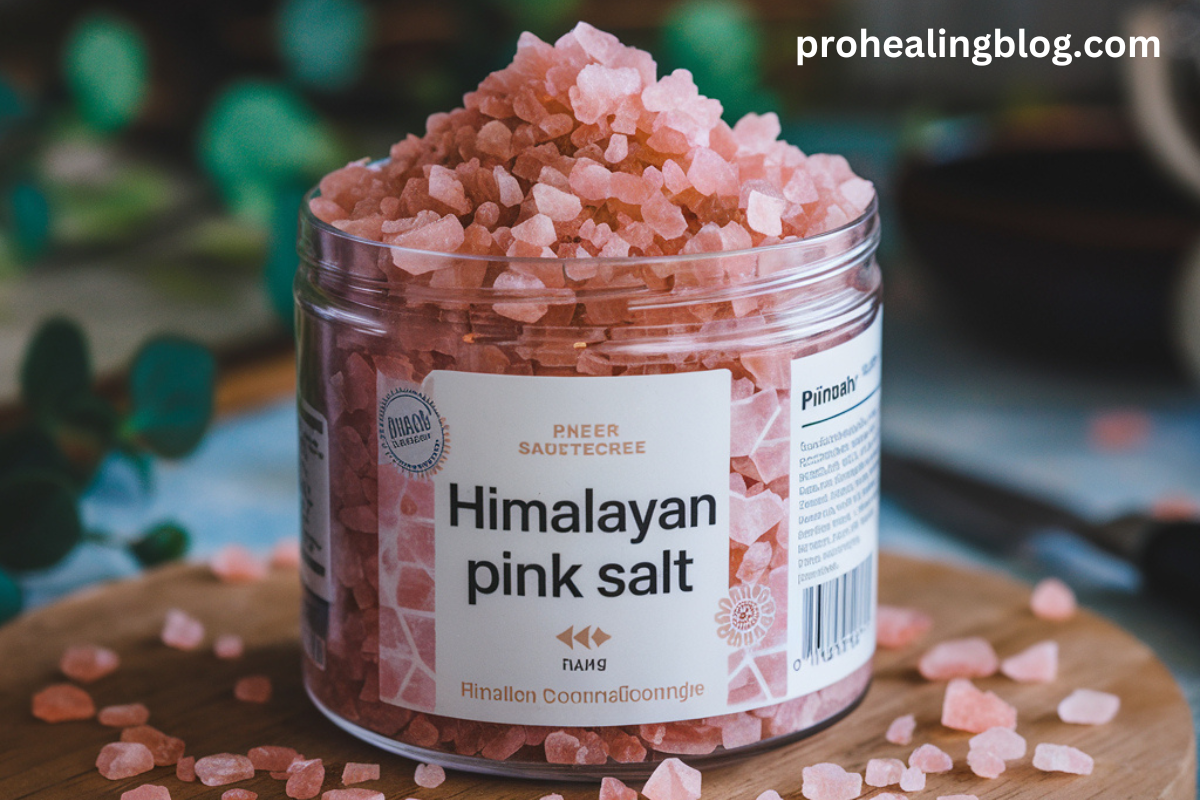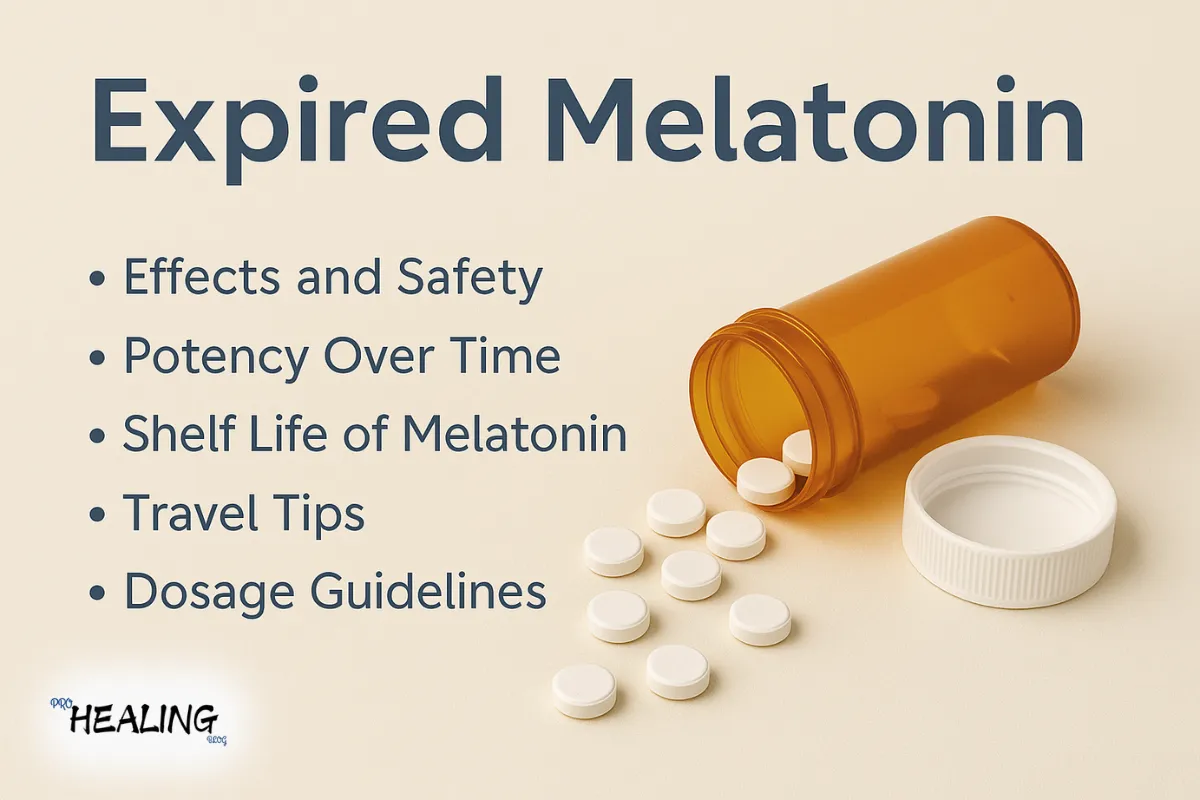Himalayan pink salt has gained popularity as a natural alternative to table salt. Its distinctive pink hue and purported health benefits have intrigued many. This article explores what Himalayan pink salt is, its origins, mineral composition, and potential benefits.
What Is Himalayan Pink Salt?
It is a type of rock salt mined from the Punjab region of Pakistan, near the foothills of the Himalayas. Its pink color comes from trace minerals, primarily iron oxide. Unlike regular table salt, which undergoes extensive processing, this salt is often less refined, retaining its natural mineral content.
See Also: Batana Oil: Benefits, Uses, and Everything You Need to Know
Where Does Pink Himalayan Salt Come From?
The origins of Himalayan pink salt trace back to ancient seas that evaporated millions of years ago, leaving behind vast mineral-rich salt deposits. These deposits were later covered by lava and ice, preserving them in a pristine environment. Today, the Khewra Salt Mine in Pakistan is the primary source of this sought-after salt.
Minerals in Himalayan Pink Salt
Himalayan pink salt contains up to 84 trace minerals. Some of the notable ones include:
- Sodium Chloride: Makes up the majority of the salt, essential for fluid balance and nerve function.
- Calcium: Important for bone health and muscle function.
- Potassium: Helps regulate fluid balance and muscle contractions.
- Magnesium: Involved in numerous biochemical reactions in the body.
- Iron: Contributes to the pink color and is vital for oxygen transport in the blood.
While these minerals are present, their amounts are minimal and may not significantly contribute to daily nutritional requirements.
Himalayan Sea Salt Benefits
Advocates of Himalayan pink salt suggest several potential benefits:
- Electrolyte Balance: The sodium and potassium content can aid in maintaining electrolyte balance.
- Reduced Sodium Intake: Its stronger flavor may lead individuals to use less salt overall, potentially reducing sodium intake.
- Natural Alternative: Being less processed, it lacks additives like anti-caking agents found in regular table salt.
- Aesthetic Appeal: Its unique color and texture can enhance culinary presentation.
However, it’s essential to note that scientific evidence supporting these benefits is limited. The mineral content, while present, is minimal and unlikely to provide significant health advantages over other salt varieties.
See also: How to Make Carrot Juice: Benefits and Recipe
Comparisons with Other Salts
When comparing Himalayan pink salt to other salts:
- Table Salt: Highly refined, often contains added iodine and anti-caking agents.
- Sea Salt: Harvested from evaporated seawater, contains trace minerals, and varies in texture and flavor.
- Kosher Salt: Coarser grain, used in koshering processes, and typically free from additives.
Each type has its unique characteristics, but all are primarily composed of sodium chloride.
Culinary Uses
HP salt is versatile in the kitchen:
- Seasoning: Enhances the flavor of dishes, from meats to vegetables.
- Finishing Salt: Sprinkled over dishes before serving for a subtle crunch and visual appeal.
- Salt Blocks: Used as cooking surfaces or serving platters, imparting a mild saltiness to foods.
Non-Dietary Uses
Beyond culinary applications, it is used in:
- Salt Lamps: Believed to purify air, though scientific support is lacking.
- Bath Salts: Added to baths for relaxation and skin benefits.
- Salt Scrubs: Used in exfoliating skincare products.
Considerations and Risks
While Himalayan pink salt can be a flavorful addition to your diet, it’s crucial to use it in moderation. Excessive salt intake is linked to health issues like high blood pressure. The American Heart Association recommends limiting sodium intake to 2,300 milligrams per day. A teaspoon of salt contains approximately 2,200 milligrams of sodium, similar to table salt.
Conclusion
This salt offers a natural and aesthetically pleasing alternative to regular table salt. Its trace minerals contribute to its unique color and flavor. However, the health benefits over other salts are minimal. As with any salt, moderation is key to maintaining health.
See also: Calculus Bridge: Causes, Prevention, and Treatment






